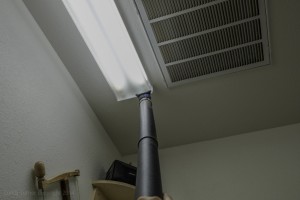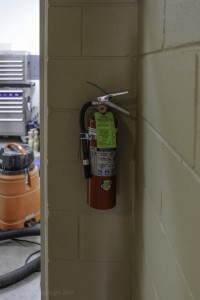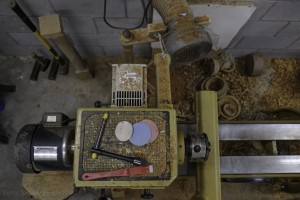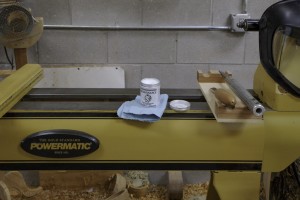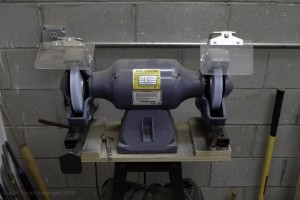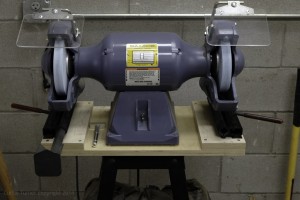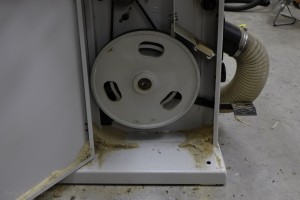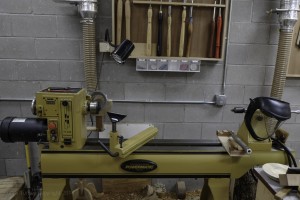This is the time of year many woodturners dust off the lathe and gear up for their winter activities. While it’s not even close to fall in Texas, I recently began the process of cleaning up my shop. Fortunately, I do this sporadically throughout the year. This tends to make this job a little less daunting.
This is my process and I hope you find it helpful and maybe inspiring. I am sure you learned to start at the top and clean your way down. So, I began by vacuuming off the light fixtures. Once the lights were cleaned the shop seems a little bit brighter. I also, vacuumed off the air vents.
Perhaps you don’t have HVAC in the garage, but consider cleaning any heating or cooling device you do have in the shop. A thin layer of dust can reduce the efficiency of any device. I am not a fireman, but I think dust build up on motors and heaters would be a fire hazard. Now that I mention it, check your fire extinguisher to ensure it is up to code. If you don’t have one buy one now!
This is a good time to reevaluate that old bottle of finish you’ve been saving for the last decade. Most finishes, glues and stains, once open, do not have an infinite shelf life. You should properly dispose of these old products. It will free up storage space and reduce the risk of a leaky container creating a fire hazard.
Another suggestion is to completely clean off your lathe. This is something that should be done more than once a year. I vacuum off the lathe first, reaching into every nook and cranky. Then I apply Renaissance Wax on the bed and under the banjo. This helps prevent rust and ensures that the banjo and tail stock move smoothly. I also apply wax to various metal surfaces around the shop such as my bandsaw and table saw.
I also vacuum off other equipment such as the grinder, and even inside my bandsaw.
Okay, I think that is enough for now. I’ll save cleaning the floor for later.
Curtis was the 2012 President of Central Texas Woodturners, a member of the American Association of Woodturners, and a member of Fine Woodworkers of Austin. Curtis teaches and demonstrates nationally for Lie-Nielsen Toolworks. He also owns a studio where he teaches and works. Curtis lives and works in Central Texas with his wife and four young children. Take a look at his website at www.curtisturnerstudio.com.


